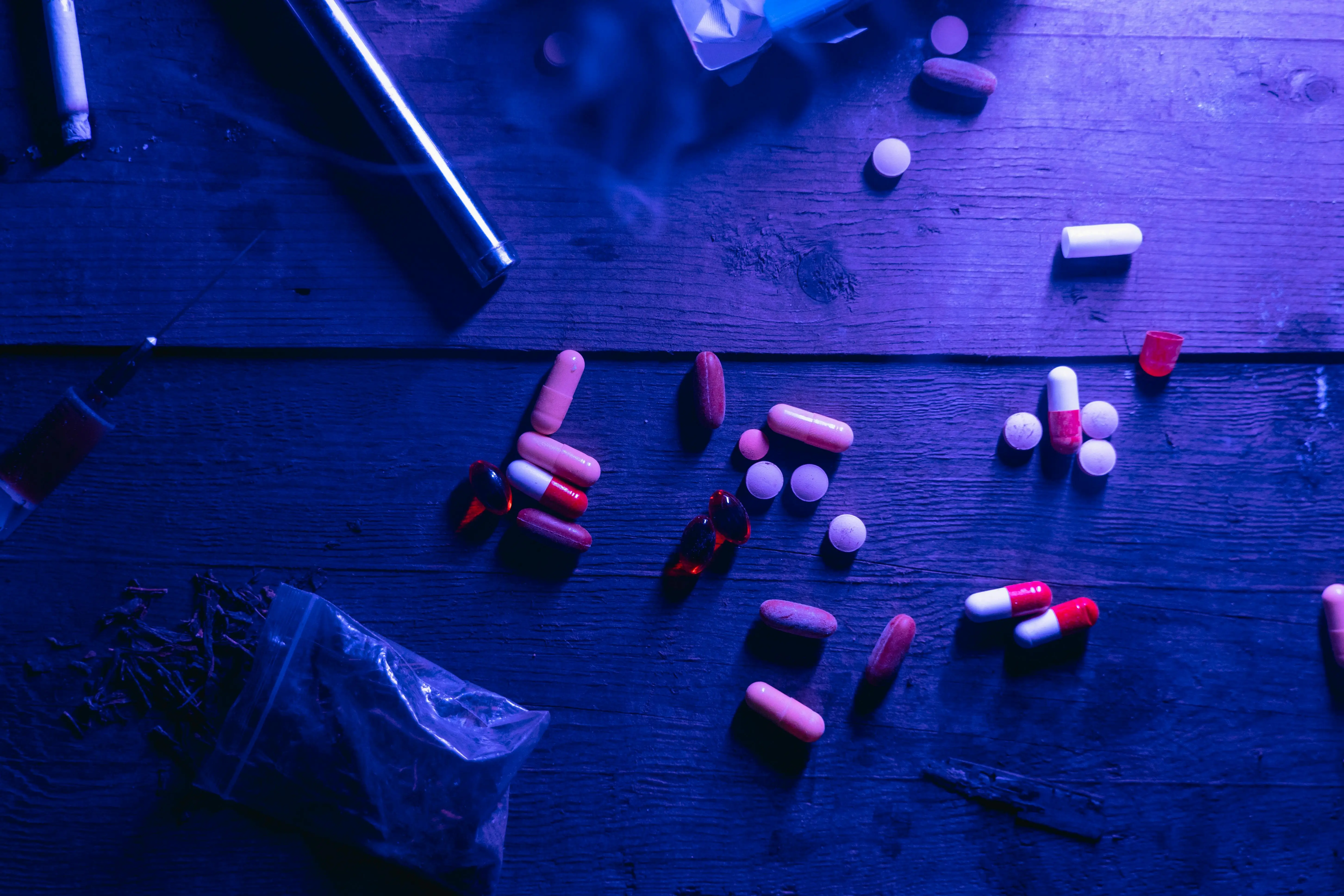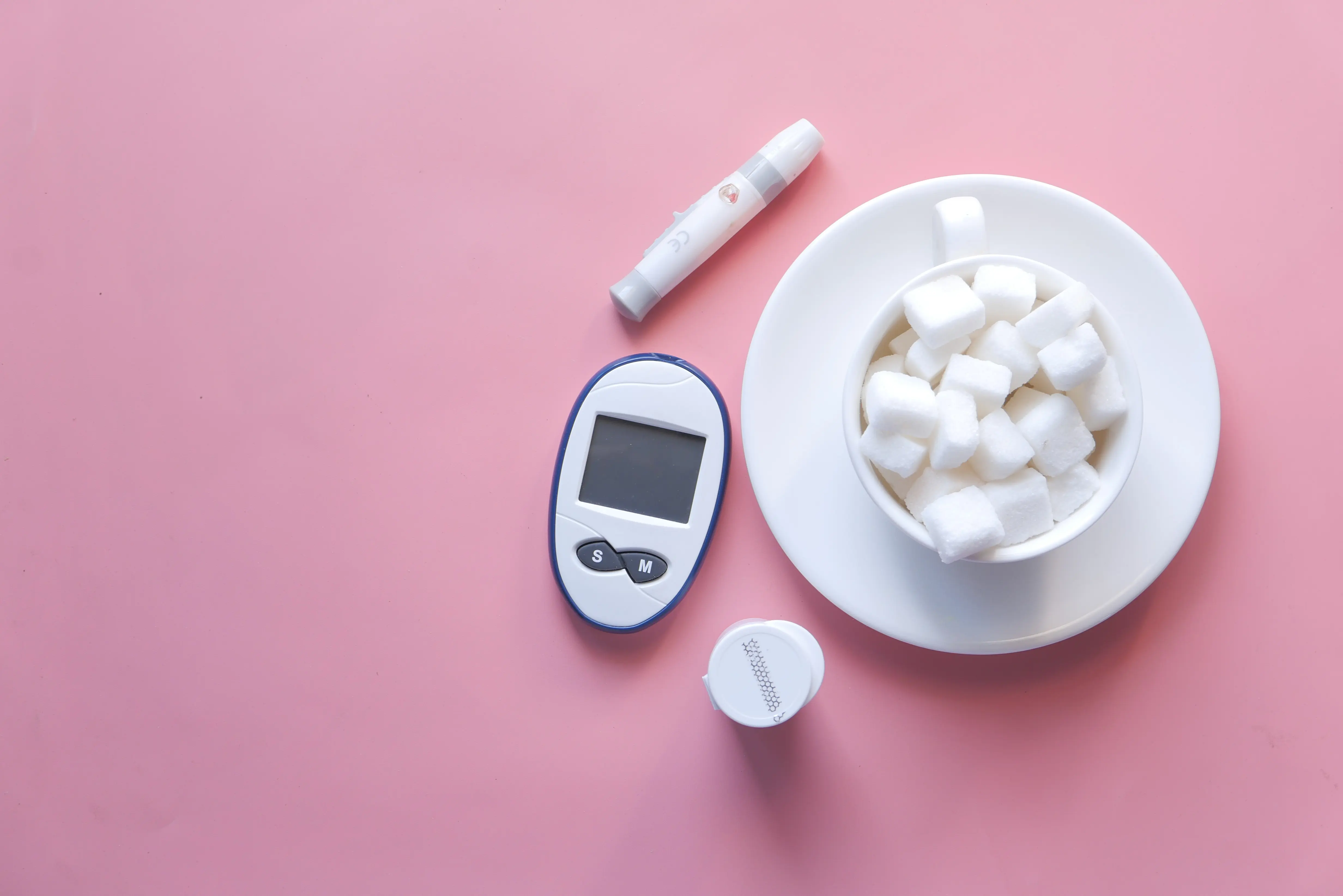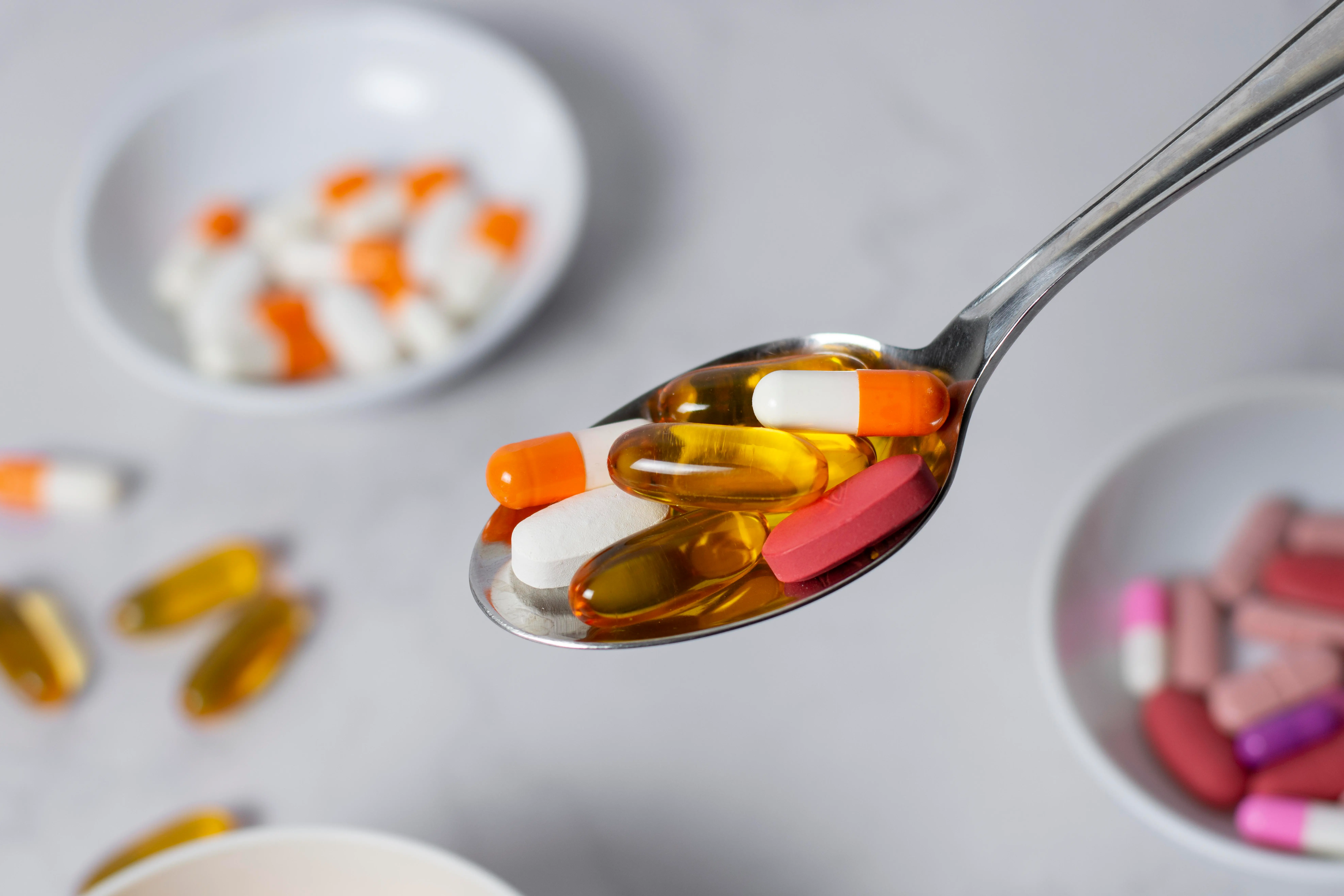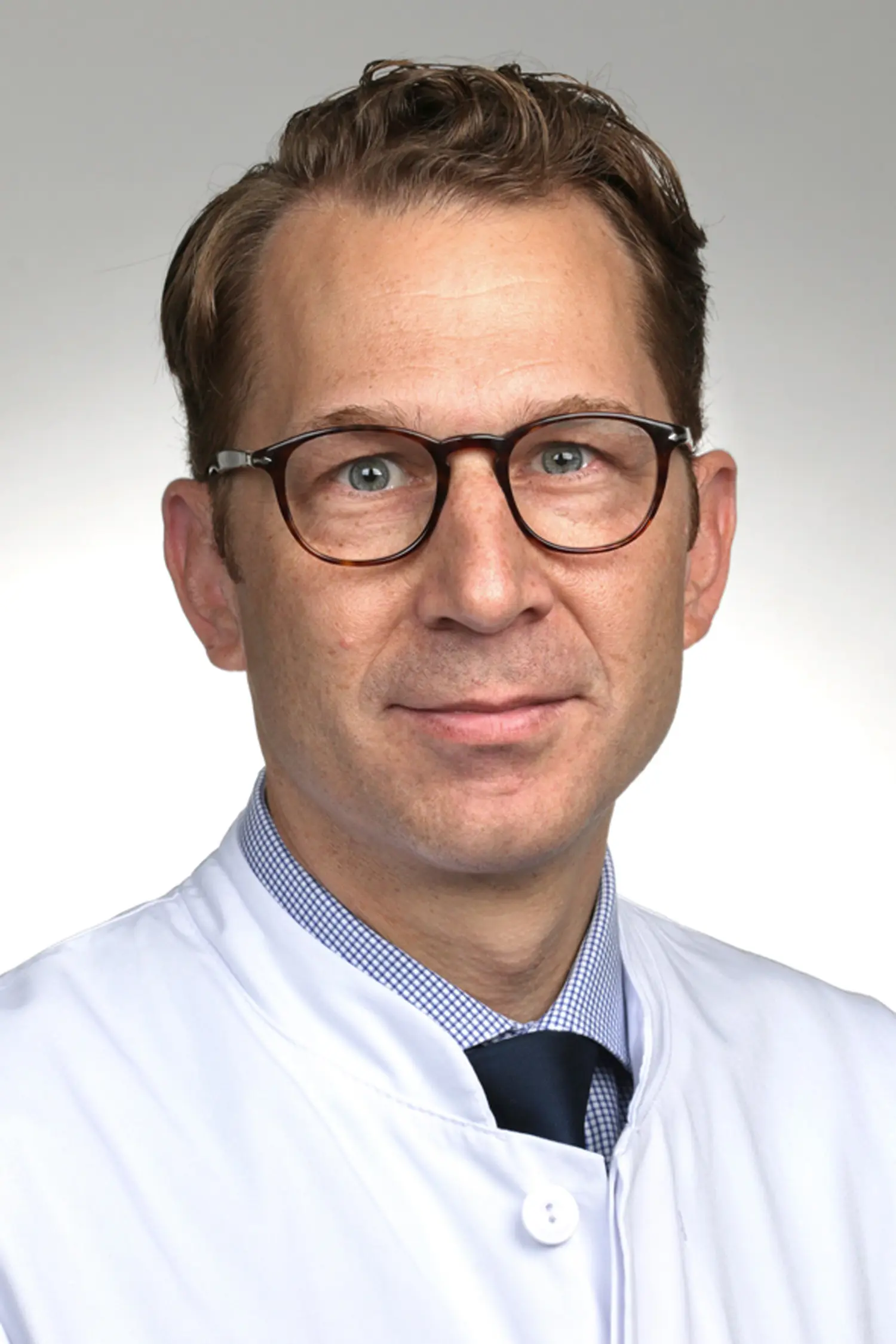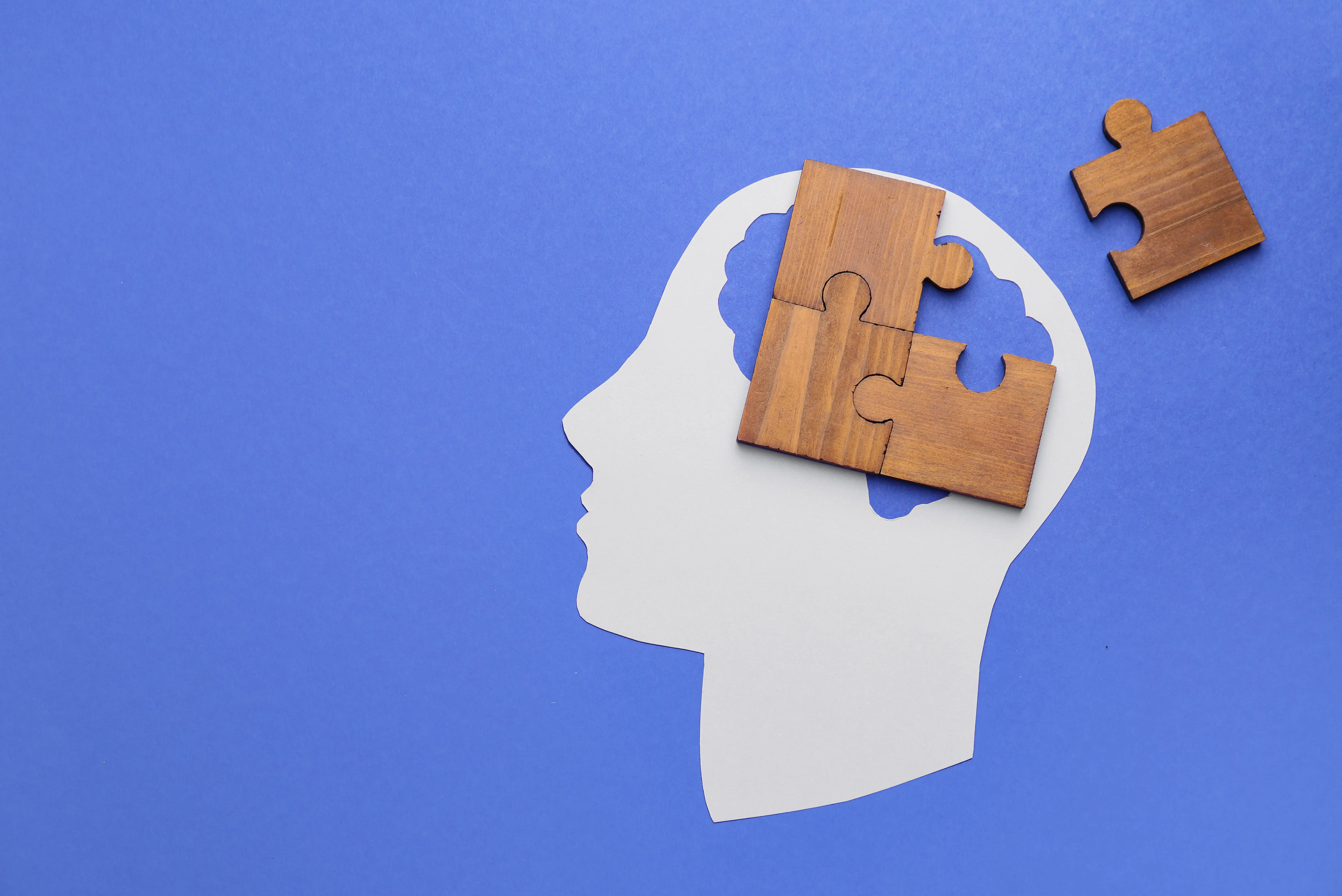At first, it's just the glass of wine or the after-work beer intended to provide relaxation. The joint that boosts the fun factor. Or the sleeping pill that stops the nightly carousel of thoughts. But gradually, even the most harmless little temptations can turn into dangerous habits.
"At the beginning of an addiction, curiosity, peer pressure, or the desire to reduce certain emotions or stress are often present," says PD Dr. Eva Döring-Brandl, MBA, chief physician of the Clinic for Psychiatry, Psychotherapy, and Psychosomatics at the Alexianer Hospital Hedwigshöhe in Berlin. At this stage, there are usually no clearly noticeable negative consequences.
But as time progresses, when the evening glass of wine becomes a fixed relaxation ritual, a habit consumption develops. It only becomes an addiction when the quantity increases and consumption is accompanied by loss of control or other negative consequences.
Around nine million people in Germany consume alcohol in a problematic manner
"This develops into actual dependence - both psychological and physical," says the expert on addiction behavior. "This process is very heterogeneous, often insidious, and can last for years or decades, making it difficult to notice the development of an addiction in many cases."
According to the 'Yearbook of Addiction 2025,' around nine million people in Germany consume alcohol in a problematic manner. The second most common reason for accessing addiction support services is cannabinoid-related disorders.
The reasons why people fall into addiction can be varied. The biological level is just as important as the psychological one. Initially, as with any desire, the classic reward system in the brain is behind it. Dopamine plays a key role here: the neurotransmitter motivates us to keep looking for stimuli that make us feel good. In this case, one of the aforementioned substances.
And when we come into contact with it again, it's essentially 'liked' by the dopamine and positively stored. The foundation for a misdirection of the reward system is laid. Eventually, the kick starts to fade: what was initially exciting and thrilling loses its effect.
Instead of the excitement originally experienced, there is only the craving for the next dose - to compensate for the reward deficit. The more often this process is repeated, the stronger the need to do it again. Thus, substance use becomes more and more the means to deal with various life situations and moods.
There is no explicit "addiction gene," but rather an interplay of several genetic risk factors.
Does this count as a lack of willpower? "No," says Dr. Döring-Brandl. There is also no explicit "addiction gene"; rather, there is an interplay of several genetic risk factors - as with most mental disorders. Addicts often simultaneously have other mental disorders, such as personality disorders, affective disorders, psychotic disorders, or ADHD. "At least half of people with an addiction disorder have one or more other mental disorders," says Dr. Döring-Brandl.
